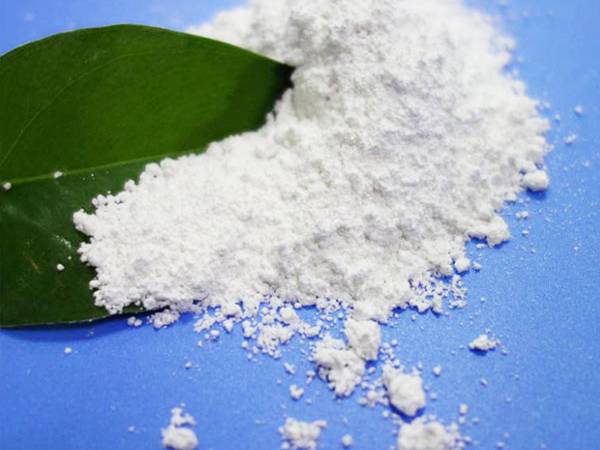



raw material for caustic soda
Raw Materials for Caustic Soda Production
Caustic soda, or sodium hydroxide (NaOH), is one of the most widely used industrial chemicals worldwide. Its versatility makes it essential in various processes, including the manufacturing of paper, textiles, soaps, and detergents, as well as in water treatment and the production of aluminum. However, the production of caustic soda relies heavily on specific raw materials, which play a crucial role in its synthesis and overall quality.
The primary raw materials for caustic soda production are sodium chloride (NaCl) and water (H2O). Sodium chloride, commonly known as table salt, is abundant and can be sourced from seawater, rock salt, or brine solutions. Its availability makes it an economically viable option for large-scale production. The process of extracting caustic soda from sodium chloride commonly involves the chlor-alkali process, which is integral to the chemical industry.
Raw Materials for Caustic Soda Production
Chlorine, a byproduct of this process, is another valuable raw material utilized in the production of various chemicals, including polyvinyl chloride (PVC) and disinfectants. The generation of chlorine adds economic value to the chlor-alkali process, enhancing the return on investment for manufacturers.
raw material for caustic soda

Water, as a fundamental reactant, is crucial for the overall efficiency of caustic soda production. The quality of water used can influence the purity of the final product. Thus, it is essential to ensure that processed water is free from contaminants that could compromise the quality of the sodium hydroxide produced.
In addition to sodium chloride and water, other chemicals can be involved in the production process, particularly in the purification and concentration stages. For example, antiscalants and surfactants may be added during the evaporation process to prevent scaling in evaporation units and enhance separation efficiency.
Despite the abundance of raw materials required for caustic soda production, environmental considerations are increasingly important. The chlor-alkali process can produce pollutants like mercury or chlorine gas if not managed properly. Therefore, manufacturers are focusing on adopting cleaner technologies and improving waste management practices to mitigate negative environmental impacts. Advances in membrane cell technology have provided a more eco-friendly approach, minimizing the use of hazardous substances and promoting sustainable production methods.
In conclusion, the production of caustic soda relies primarily on sodium chloride and water, with additional emphasis on the byproducts and the need for environmental responsibility. As industries continue to expand, the effective and sustainable sourcing of these raw materials will be paramount in meeting global demand while minimizing ecological footprints. The future of caustic soda production hinges not only on the availability of raw materials but also on the industry's commitment to adopting innovative and environmentally friendly practices.
-
Why Sodium Persulfate Is Everywhere NowNewsJul.07,2025
-
Why Polyacrylamide Is in High DemandNewsJul.07,2025
-
Understanding Paint Chemicals and Their ApplicationsNewsJul.07,2025
-
Smart Use Of Mining ChemicalsNewsJul.07,2025
-
Practical Uses of Potassium MonopersulfateNewsJul.07,2025
-
Agrochemicals In Real FarmingNewsJul.07,2025
-
Sodium Chlorite Hot UsesNewsJul.01,2025










